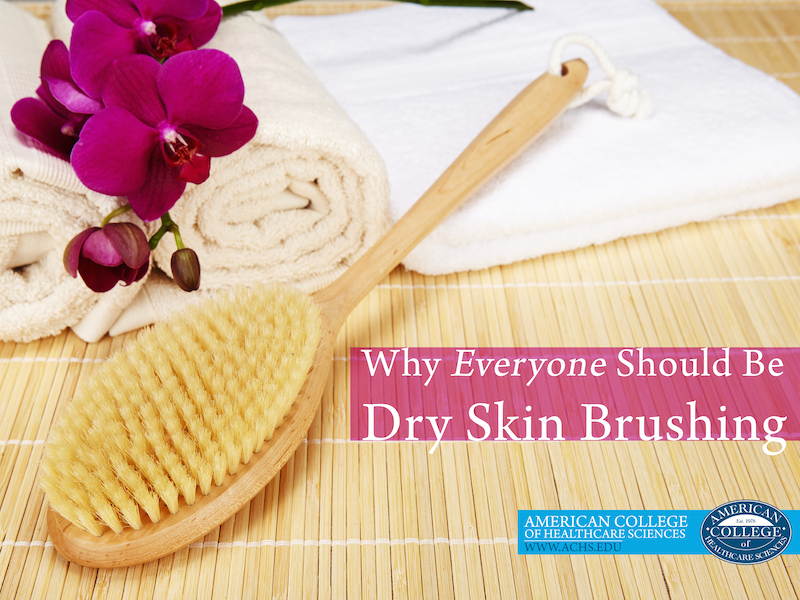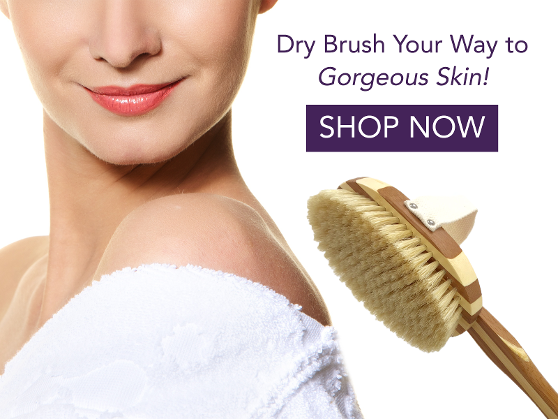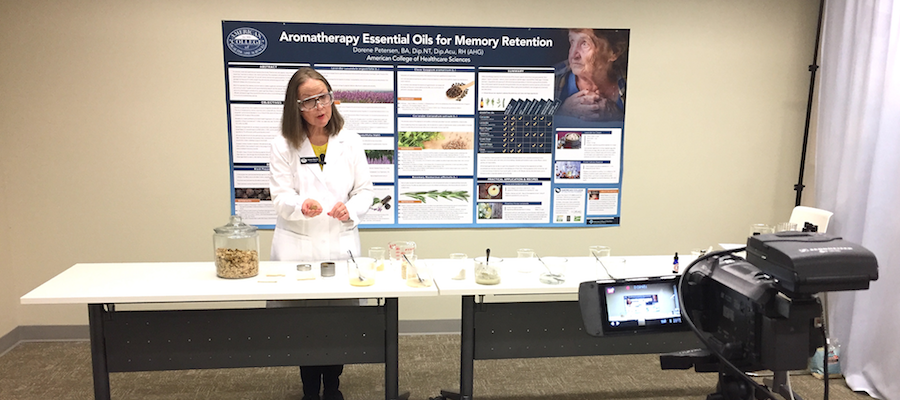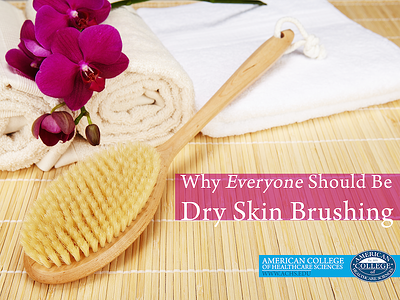
The skin is the largest organ in the body. It makes sense, then, why its condition is affected by so many body systems, including the lymphatic system, the circulatory system, and the nervous system. Needless to say, your skin works hard, and it deserves plenty of tender lovin’ care.
That’s why we’re big fans of dry skin brushing at ACHS. The health benefits of dry skin brushing are remarkable. This easy technique…
- Stimulates oil and sweat glands, promoting smooth, soft, and radiant skin
- Supports healthy circulation and elimination
- Exfoliates dead skin cells for a gorgeous, healthy glow
- Supports a healthy and normal lymphatic system, promoting efficient elimination
- Tones, stimulates, and soothes muscles
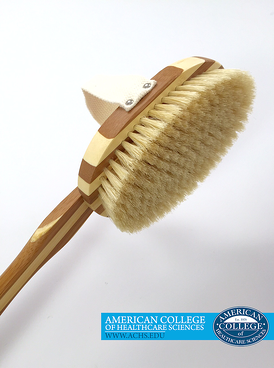
- Can help break down fat deposits under the skin, smoothing the appearance of cellulite
Along with juicing, hydration, exercise, and a holistic diet with whole, real foods, dry skin brushing is a simple and easy technique you should add to your daily wellness routine.
To get started, here are five simple tips for how to correctly dry skin brush:
1. Start with a dry, natural bristled brush.
Of course, the key word in dry skin brushing is dry. Never wet your brush. Water can lubricate your skin, eliminating the therapeutic effects of friction.
Use a natural bristled brush with a long handle (so you can reach the skin on your mid and lower back!). Natural bristles are important because nylon—or synthetic—bristles can break your skin, disturbing the delicate electromagnetic balance.
2. Start with the feet, work toward your heart.
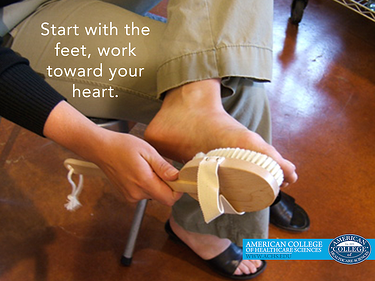 For optimal circulatory stimulation, start at the bottoms/soles of your feet and work toward your heart.
For optimal circulatory stimulation, start at the bottoms/soles of your feet and work toward your heart.
3. Dry brush in small circles.
Find a place where you feel comfortable, safe, and relaxed. In small circles, brush all over your body on bare skin. You may want to begin near a lymph node and then move to the outer extremities, working back toward that lymph node.
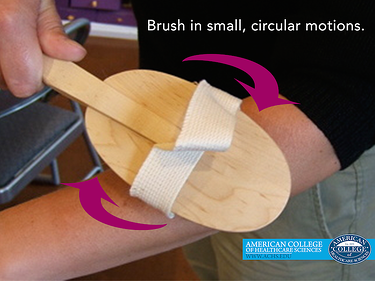 Keep the pressure soft until you are used to the feeling of dry skin brushing. Once the sensation becomes familiar, you can increase pressure as desired.
Keep the pressure soft until you are used to the feeling of dry skin brushing. Once the sensation becomes familiar, you can increase pressure as desired.
4. Be sensitive to tender areas.
Don’t feel you need to dry brush over any areas that are sensitive or inflamed. Focus on areas of your body that feel whole and healthy. You also do not need to dry brush your face since the skin is very sensitive and the bristles can be too harsh.
5. Add hydrotherapy and aromatherapy elements.
One way to enhance your dry skin brushing experience is to add a hydrotherapy treatment. After you’ve brushed, hop in the shower and alternate hot and cold temperatures (be very careful not to scald yourself…turn the hot water on slowly).
The varying temperature continues to stimulate circulation, but if you feel the variation is too intense, a regular shower works just fine to finish off your dry skin brushing routine.
You can also follow up your brush routine with a salt or sugar scrub once or twice a week. To make your shower scrub, add ½ cup sea salt, Epsom salts, or sugar to olive or sweet almond oil until it forms a wet paste. I prefer sugar as it seems to be more moisturizing. Add a few drops of your favorite essential oils for an extra boost of aromatherapy. Scrub all over your body, careful to avoid eyes and other sensitive areas. Rinse thoroughly.
After dry skin brushing every day for a few months, you’re sure to notice the benefits. I’ve found that if I go a day without dry skin brushing, I miss it! Give this easy technique a try for a week and see how you feel—then let me know how you like it in the comments. You’re skin will love you for it.
Disclosure of Material Connection: I am the President and Founder of American College of Healthcare Sciences, the Institution that publishes this blog. However, all opinions are my own. This blog may contain affiliate links. I am disclosing this in accordance with the Federal Trade Commission’s 16 CFR, Part 255: “Guides Concerning the Use of Endorsements and Testimonials in Advertising.”
This article is for informational purposes only. It is not intended to treat, diagnose, cure, or prevent disease. This article has not been reviewed by the FDA. Always consult with your primary care physician or naturopathic doctor before making any significant changes to your health and wellness routine.

